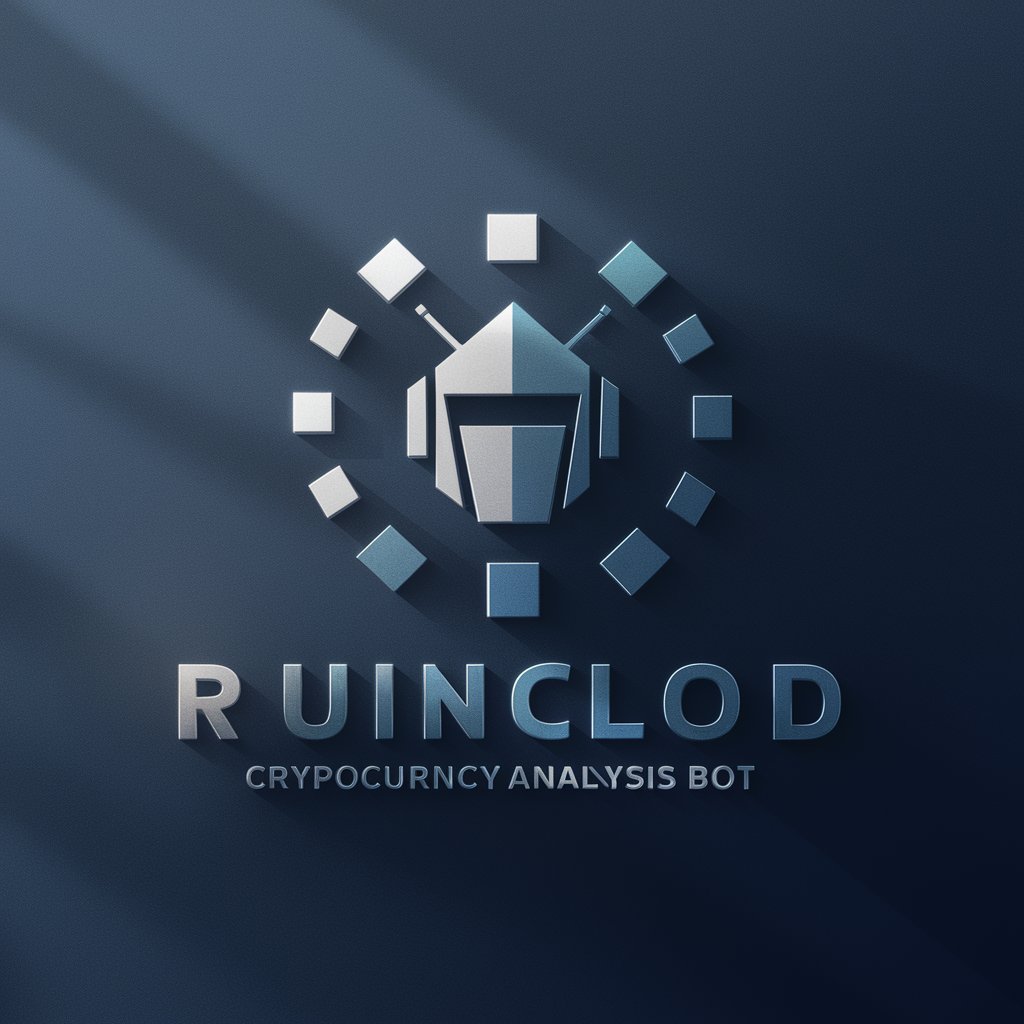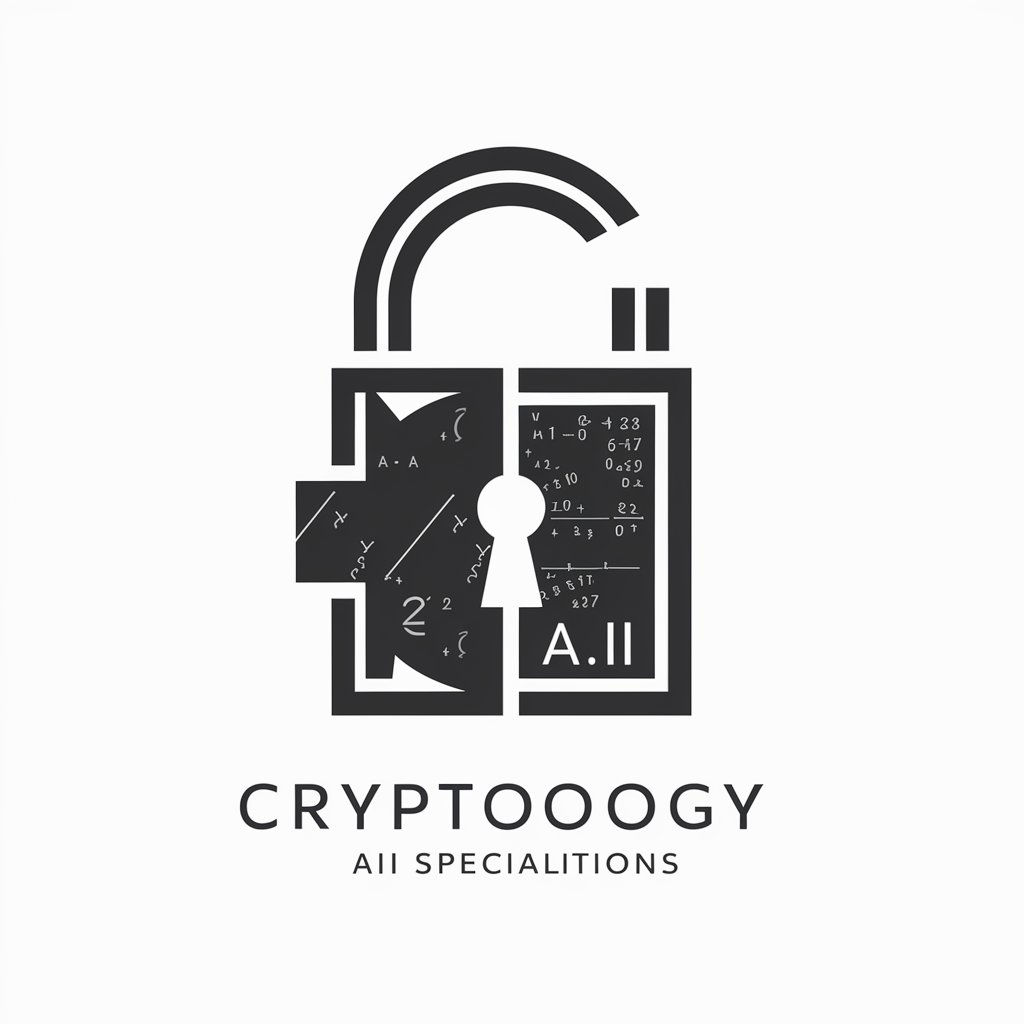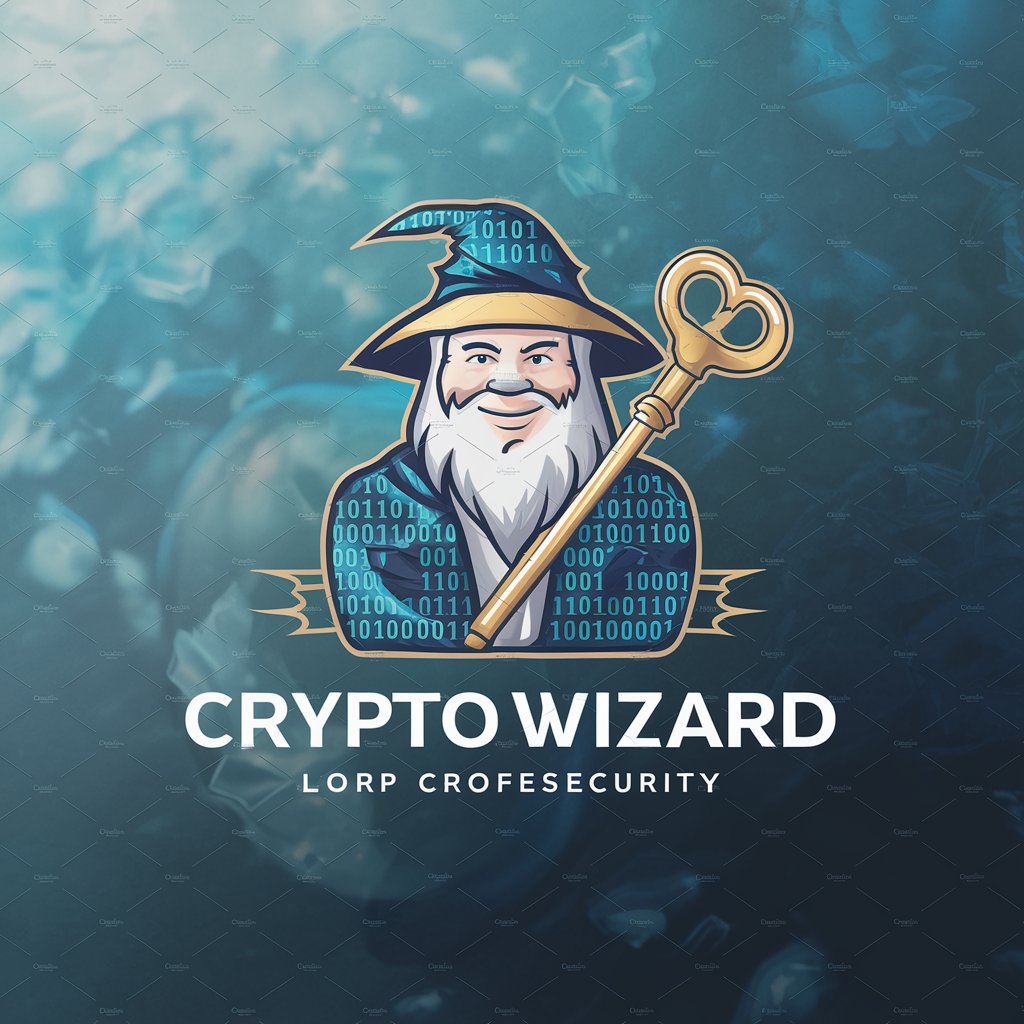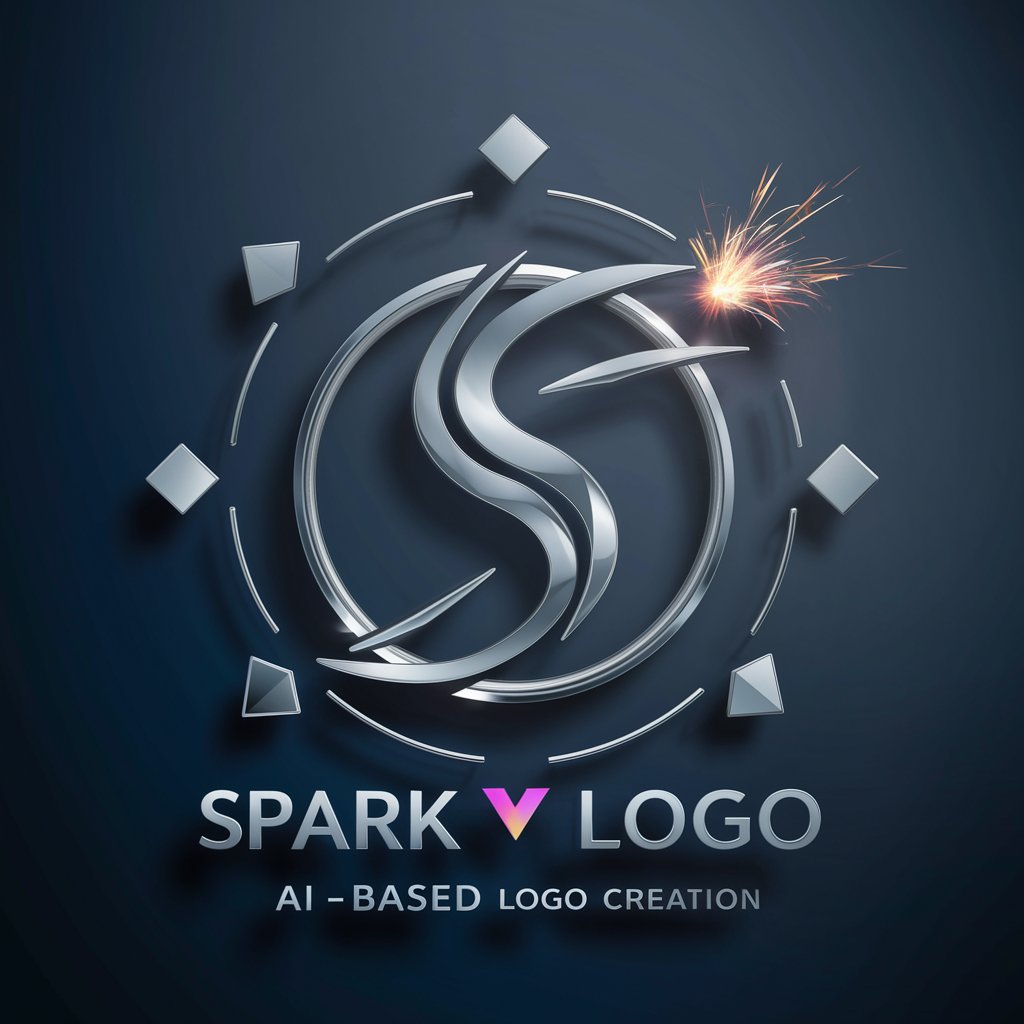
🛡️ SPARK Cryptographic Algorithm - Secure Algorithm Verification
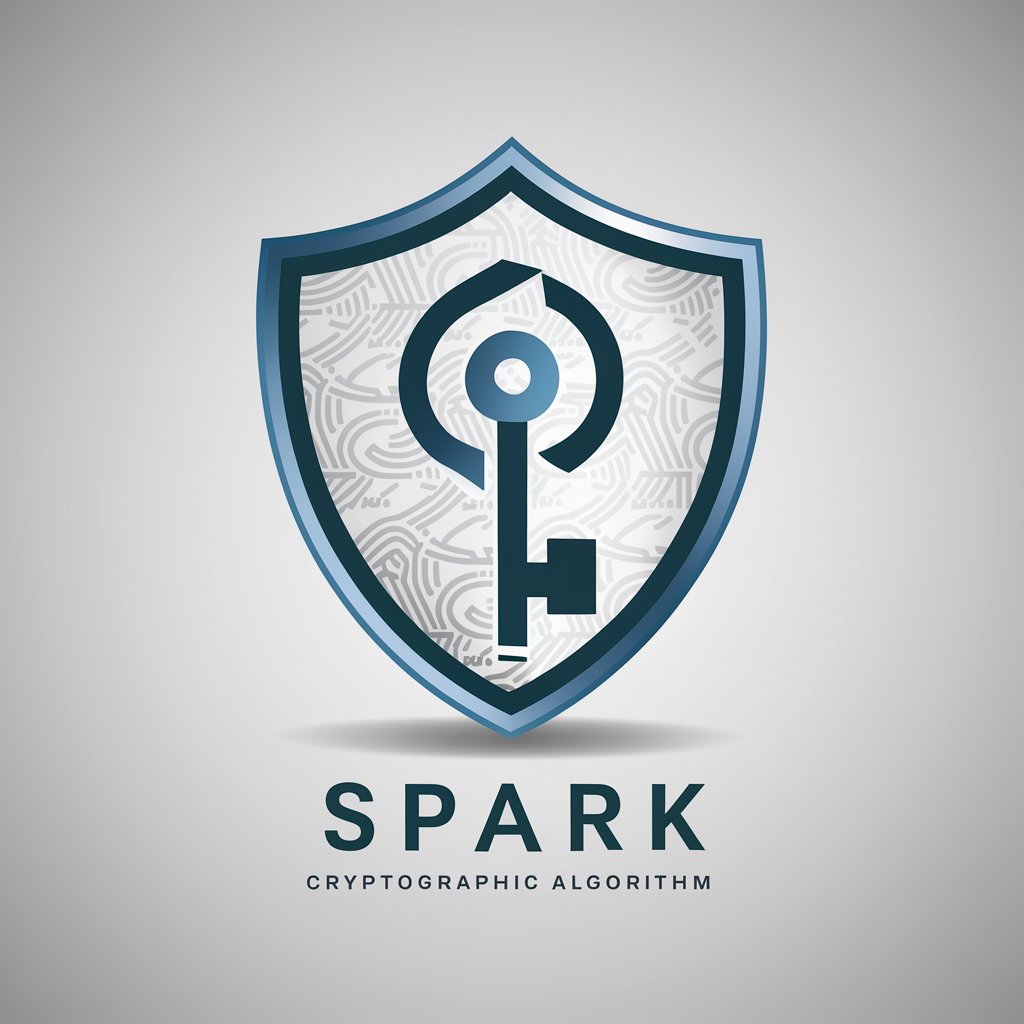
Welcome! Let's ensure your cryptographic algorithms are secure and verified.
Ensuring Cryptographic Integrity with AI
Explain how SPARK ensures the correctness of cryptographic algorithms...
Guide me through implementing AES encryption in Ada using SPARK...
Discuss the security measures against timing attacks in cryptographic software...
How does SPARK's formal verification process enhance cryptographic algorithm security?
Get Embed Code
Overview of SPARK Cryptographic Algorithm
The SPARK Cryptographic Algorithm is not an algorithm itself but a methodology for developing, implementing, and verifying cryptographic algorithms within the SPARK programming environment. SPARK, a subset of the Ada programming language, is designed for high-integrity and high-assurance systems. It incorporates formal verification capabilities to ensure that code adheres to its specification, is free from runtime errors, and is mathematically proven to achieve its intended functionality. This approach is particularly valuable in cryptography, where the correctness and security of algorithms are paramount. For example, implementing an encryption algorithm like AES in SPARK allows developers to formally verify properties such as the absence of data leaks and the correctness of encryption and decryption routines, thus ensuring the algorithm's reliability and security against potential vulnerabilities. Powered by ChatGPT-4o。

Main Functions of SPARK in Cryptography
Formal Verification
Example
Verifying the absence of runtime errors in an RSA implementation
Scenario
Ensuring that an RSA encryption module correctly encrypts and decrypts messages without data corruption or leaks, crucial for secure communication in banking software.
Implementation of Cryptographic Protocols
Example
Creating a secure messaging protocol using AES
Scenario
Developing a messaging app that requires end-to-end encryption to protect user messages, utilizing SPARK to guarantee the encryption module's integrity.
Analysis and Mitigation of Side-Channel Attacks
Example
Analyzing a SPARK-based SHA-256 hashing function for timing attacks
Scenario
A digital signature application uses SHA-256 for generating hashes of documents. SPARK is used to ensure that the hashing time does not vary with the input size, preventing potential timing attacks.
Ideal Users of SPARK Cryptographic Algorithm Services
Software Developers in High-Assurance Systems
Developers working on systems where security and reliability are non-negotiable, such as aerospace, defense, and financial services, benefit from SPARK's ability to verify the correctness and security of cryptographic implementations.
Cryptographers and Security Analysts
Experts focused on designing and analyzing cryptographic algorithms for vulnerabilities. They use SPARK to formally prove properties about their algorithms, ensuring they are secure against known types of attacks.
Regulatory Compliance Teams
Teams responsible for ensuring that software meets stringent regulatory standards for security and data protection. SPARK's formal verification capabilities help in demonstrating compliance with standards such as ISO/IEC 27001:2013.

How to Use SPARK Cryptographic Algorithm
1
Initiate your journey by exploring yeschat.ai to access a complimentary trial, no registration or ChatGPT Plus required.
2
Familiarize yourself with SPARK and Ada programming languages, as understanding these is essential for implementing cryptographic algorithms securely.
3
Start by defining your cryptographic requirements, such as the type of algorithm (e.g., RSA, AES) and the level of security needed.
4
Implement your algorithm in Ada, utilizing SPARK's formal verification to annotate your code with preconditions, postconditions, and invariants for ensuring correctness.
5
Regularly review SPARK's analysis reports to identify and rectify any potential vulnerabilities or logic errors in your code for optimal security.
Try other advanced and practical GPTs
Smart Business Planner
Craft Your Success with AI

AI Beauty Assistant (Skincare Expert,Cosmetics)
Empowering beauty decisions with AI

Audio Bot
Transform Content into Audio Seamlessly

Creativity with JavaScript in Web Art
Empower art with AI-driven interactivity
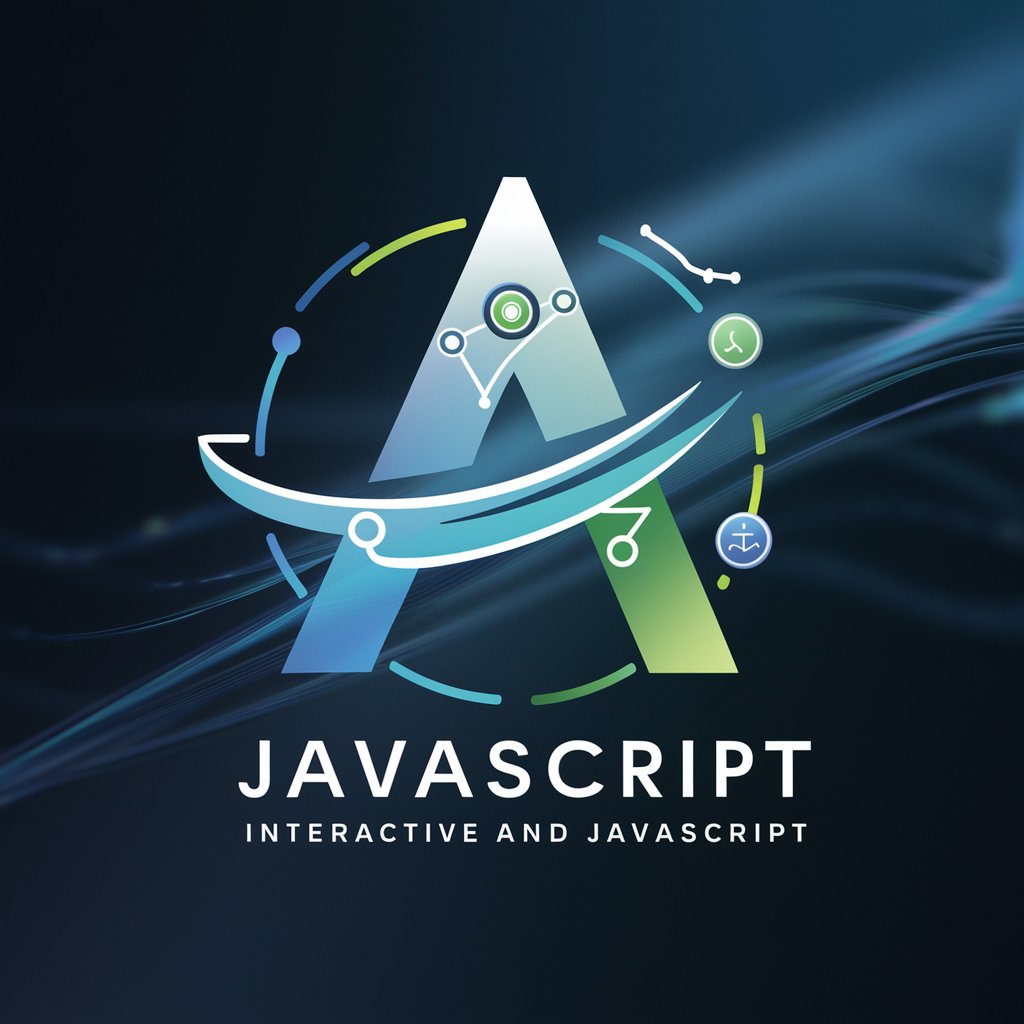
英語質問→日本語回答(英語学習者向け)
Empowering English learning with AI-driven Japanese explanations.

Structured explanation 構造化説明
Clarify complex ideas with AI-powered structure.
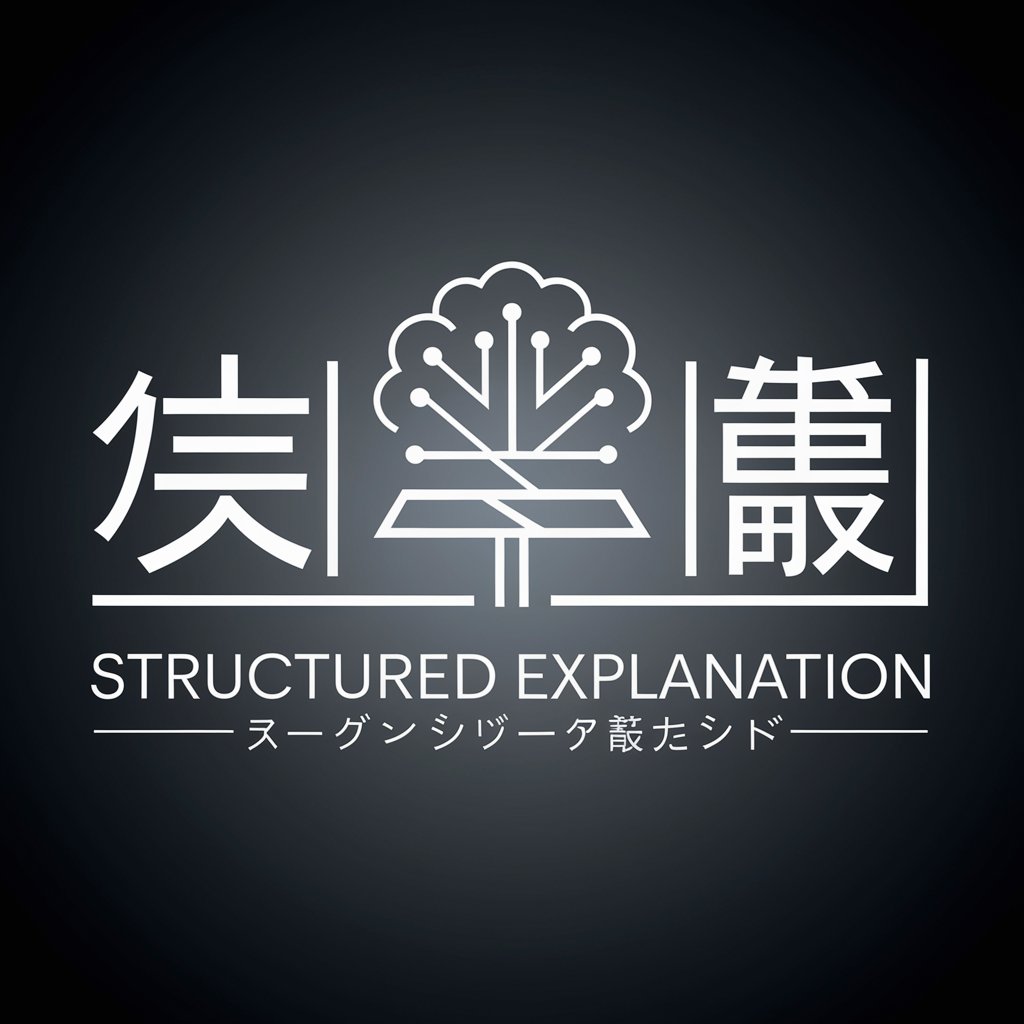
Crypto Compass
Empowering your crypto journey with AI

JavaScript Elegance in UI Design
Elevate UI design with AI-powered JavaScript elegance.

Drinkopia 🍹 Custom Drinking Games 🍻
Elevate Your Party with AI-Powered Drinking Games

All Kids Are Smart
Empowering Every Child to Learn Smartly

Innovative Educator
Empowering learning with AI innovation

Stock Analyst GPT
Empowering your investment decisions with AI-driven insights.

FAQs on SPARK Cryptographic Algorithm
What is SPARK and how does it relate to cryptography?
SPARK is a programming language and verification toolset designed for high-integrity software. In cryptography, it's used to write and formally verify algorithms, ensuring they are free from vulnerabilities and behave as expected.
Can SPARK be used for all types of cryptographic algorithms?
Yes, SPARK is versatile enough to implement a wide range of cryptographic algorithms, from symmetric and asymmetric ciphers to hashing functions, due to its strong type system and formal verification capabilities.
How does SPARK ensure the security of cryptographic algorithms?
SPARK uses formal verification to mathematically prove the correctness of code against its specification, eliminating common vulnerabilities such as buffer overflows, which are critical in cryptographic software.
What are the prerequisites for using SPARK in cryptographic projects?
A solid understanding of Ada programming language, basic knowledge of cryptography, and familiarity with formal verification concepts are essential to effectively use SPARK for cryptographic purposes.
How does SPARK's formal verification contribute to performance optimization in cryptographic algorithms?
While SPARK's primary focus is on correctness and security, the precise nature of formal verification allows developers to identify inefficient code paths and optimize them, thereby potentially improving the performance of cryptographic algorithms.
